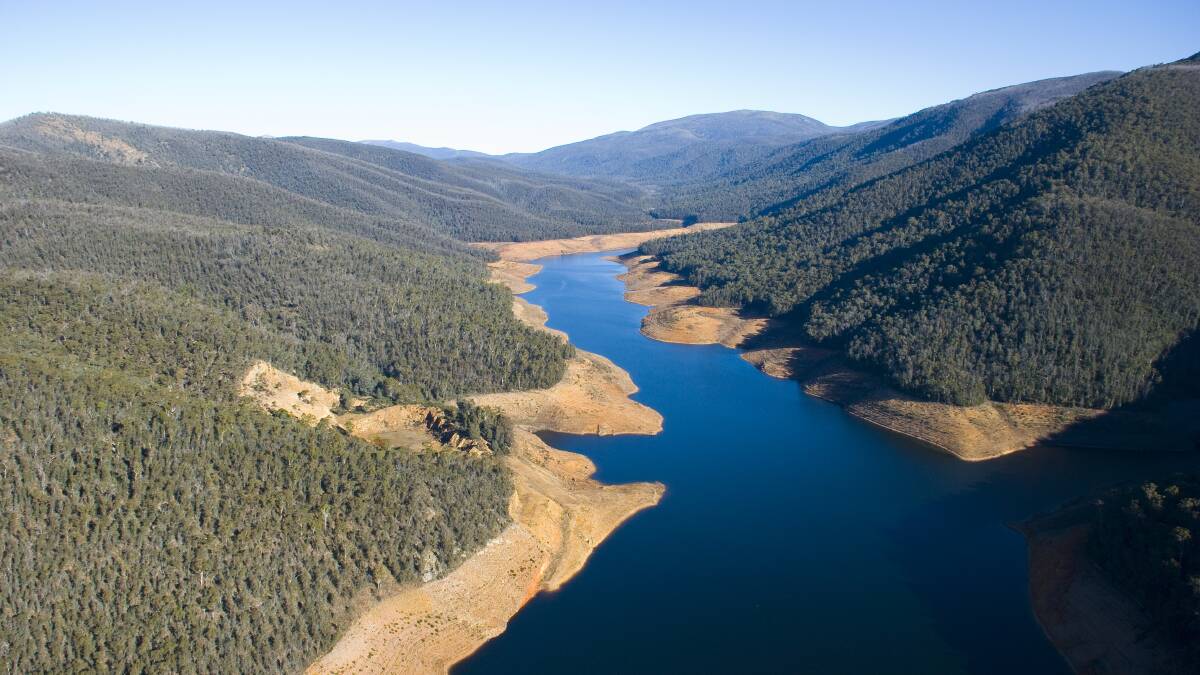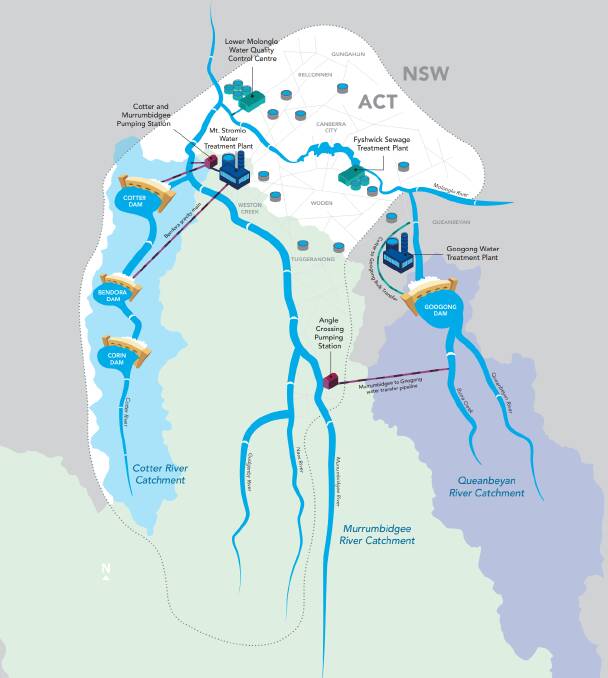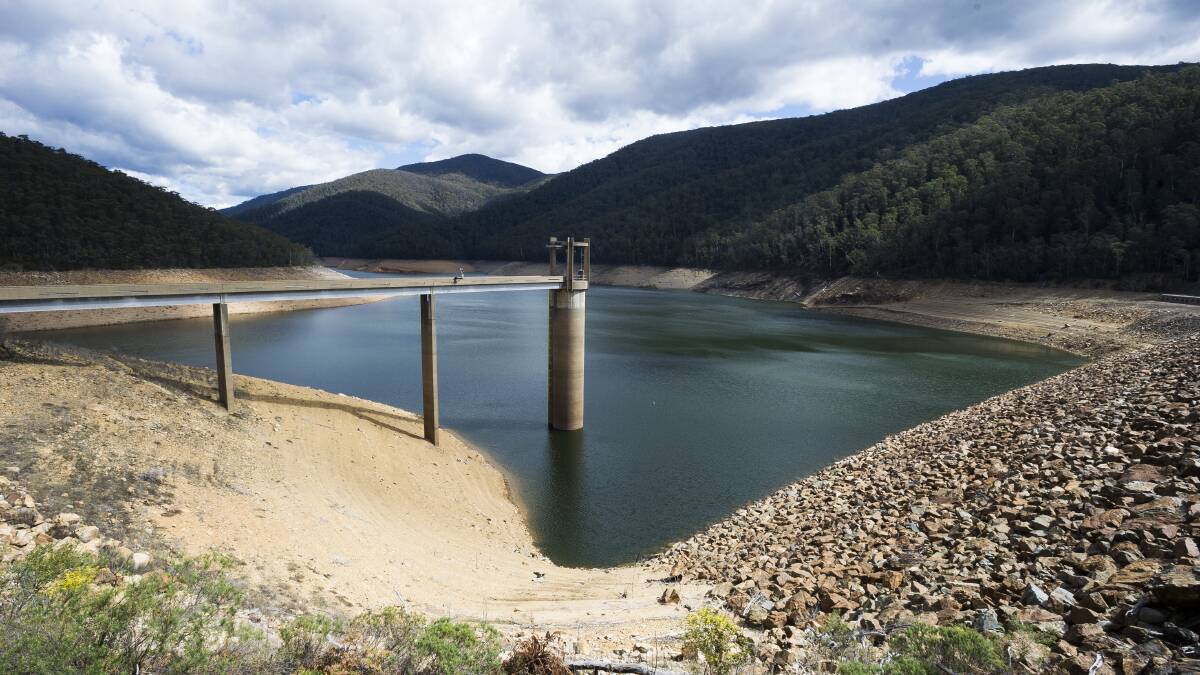
An investigation into the reliability of the Cotter River for future water capture will soon be underway, as the long term impacts of the millennium drought begin to take effect.
Icon Water has observed reduced runoff during and after recent droughts, with the traditionally dependable Cotter behaving more like the highly-variable Queanbeyan River catchment.
A study will attempt to understand the extent to which the ACT has recovered post what was considered to be the worst drought in history, to better secure the territory's water future.
CSIRO water researcher Francis Chiew said the reduced rainfall is typically amplified in stream flow by about 2 to 3 per cent.
"What happened in the millennium drought was we saw a bigger reduction than that," he said.
Water restrictions were introduced for eight years during the 1997-2009 drought, leading to major infrastructure projects to increase water security.

Mr Chiew said when a drought goes on that long the connection between the surface and groundwater is reduced.
"So you need a lot more rainfall to saturate the soil before you even get stream flow happening again," he said.
Mr Chiew said research into this effect had largely been concentrated on Victoria, with its catchments hardest hit due to a reliance on winter rain.
"Under climate change we know that winter rainfall will go down even further," he said.
"That's happening here in Canberra also."
Icon Water will partially fund a researcher with experience in hydrological modelling to under take a PhD program at the Australian national University into non-recovery.
Mr Chiew co-authored the recently released International Panel on Climate Change's Impacts, Adaptation and Vulnerability report, which found adaptation plays a key role in reducing exposure and vulnerability to climate change.
Water security modelling had traditionally looked at current rainfall and stream flow calibrated against historical data.
Mr Chiew said if past observations lack current understanding the capacity to plan for the future is limited, which was why study's like this were crucial in a changing climate.
"Regardless of whether there is a non recovery, if you're going to have less rainfall, you're going to have less streamflow already. So clearly, we've got to do something about that and that will be the adaptation," he said.

Icon Environment and Sustainability Manager Benjamin Bryant said the Cotter's reliability was a key parameter for the location selection of the nation's capital.
"The Cotter is critical," Mr Bryant said.
"We were blessed with this amazing area of the Cotter that has solid, dependable rainfall, with this environment that acts like green kidneys to filter out our water."
He said Queanbeyan catchment's location outside a national park meant it had many land uses, consequently producing a lower quality product.
Mr Bryant said the more recent drought had been a lesson that preparation was required for more severe droughts.
"Water security is our core business," he said.
"So we've got to look at the worst drought in history and say, 'how do we continue to watch and improve our water security for Canberra and the region?'"
Icon Water will play a crucial role in the ACT government's circular economy strategy, set to be released later this year.
Its involvement will build on sustainability measures already underway, which includes returning nutrients from sewage to farms, embedding sewerage pipes with recovered sand, powering plants using energy from mini hydros and installing solar panels across its estate.
READ ALSO:
-
Gang-gang cockatoo added to federal threatened species list
- Waste collection trial rubbished by Canberrans
Mr Bryant said climate change created a range of concerns, including the potential for damage to underground pipes as trees seek out more nutrient laden water.
"We're preparing for all of those to keep critical services running," he said.
Mr Bryant said while traditionally modelling was around population growth, climate change was now an integral part of planning water infrastructure upgrades.
"There are many multifaceted impacts from climate change, and we're preparing for all of those to keep critical services running," he said.







